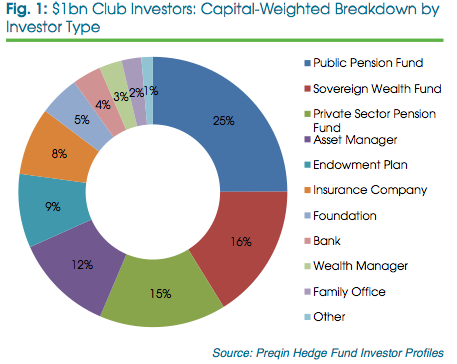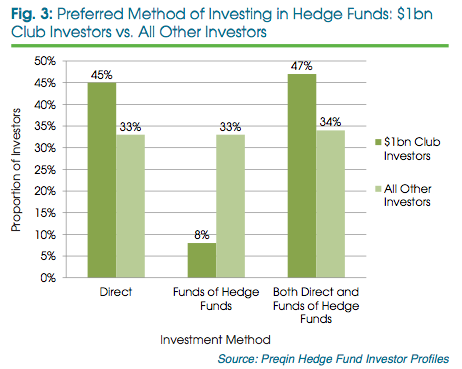 Carol Buckmann is an attorney who has practiced in the employee benefits field for over 30 years. This post was originally published at Pensions & Benefits Law.
Carol Buckmann is an attorney who has practiced in the employee benefits field for over 30 years. This post was originally published at Pensions & Benefits Law.
Can plan fiduciaries sue to recover overpayments made many years ago? As plan audits have uncovered more and more payment errors, many plans have acted as if no time limits or other restrictions applied to their repayment demands. However, a recent decision involving a Pfizer pension plan illustrates that even though the case law has recognized a fiduciary’s right to recover overpayments, lawsuits against retirees who don’t respond to demands for repayment may face some obstacles.
The retiree in this case had elected to receive her pension over a three year period ending in 2005. However, her monthly payments kept coming, and when she and her financial adviser called Fidelity, which was responsible for pension check disbursement, they were told that she had taken out an annuity that would continue for life. It was not until 2009 that Pfizer found the mistake and cut off future monthly payments. The plan and Pfizer did not commence the suit to recover over $1.3 million in overpayments until 2014.
Surprisingly, the retiree did not raise an estoppel claim or a surcharge claim under the landmark U.S. Supreme Court decision in CIGNA v. Amara, but the retiree raised other defenses. In refusing to dismiss all of the claims or grant summary judgment, the district court made the following rulings:
- Equitable claims for repayment could proceed to trial, but plaintiffs would have to show that there were still identifiable funds (such as if the funds had been put into a bank account) or their proceeds in order to recover. It should be noted that there is a dispute among the circuits about whether this “tracing” is required, and the U.S. Supreme Court has agreed to decide this issue in a pending case, Montanile v. Board of Trustees. (135 S. Ct. 1700) If tracing is required, no recovery may be possible if the retiree has used the overpayment to pay living expenses.
- The statute of limitations that applied was five years, based on the most similar state cause of action. (One of the surprises fiduciaries sometimes receive when they consider suing is that it is well-settled that ERISA’s three year and six year statutes of limitations do not apply to these claims. Courts look to the limit for the most similar state cause of action, which may be longer or shorter.)
- The retiree argued that plaintiffs still sued too late, because the five years began to run when they should have discovered the error in 2006. This will be decided at trial, as will the viability of the equitable defense of laches (that plaintiffs waited unreasonable long to sue).
- Plaintiffs could not sue to enforce the terms of the plan because they could not point to a specific plan provision requiring repayment.
- Plaintiffs’ state law claims were pre-empted by ERISA.
While they await the outcome of this case and Montanile, plan fiduciaries can consider the following steps to improve their chances of prevailing in these suits:
- Make sure that plans have specific provisions for recouping overpayments.
- Give the payee the opportunity to argue that the payment is correct under ERISA’s claims and appeals procedures. While not an issue in the Pfizer case, this eliminates a potential defense that these have been violated.
- Do self-audits regularly and if a lawsuit seems necessary, file it promptly.
- Pay attention when retirees call to question whether they are receiving the right payments. If the error had been caught when the retiree and her adviser called Fidelity, or if Fidelity had relayed the question to Pfizer, this lawsuit might have been avoided.
Fiduciaries should also realize that lawsuits may not always be an appropriate response if participants ignore requests for repayments. These are not always required under new IRS’ correction procedures. The recipient’s financial ability to repay, the amount of the mistake , and the extent to which the mistake was the plan’s fault are also issues to consider.
At least one federal decision, Wells v. United States Steel & Carnegie Pension Fund (950 F2d 125, 6th Cir. 1991), recognized that fiduciaries have a cause of action under ERISA to recover overpayments, but noted that recoupment may be unavailable if it results in hardship to the payee.
In addition to looking for the Montanile decision, fiduciaries should be aware that organizations such as AARP have been urging Congress and the federal agencies to adopt new rules restricting a plan’s ability to recoup overpayments, and there is a possibility of new laws or regulations in this area as well.










